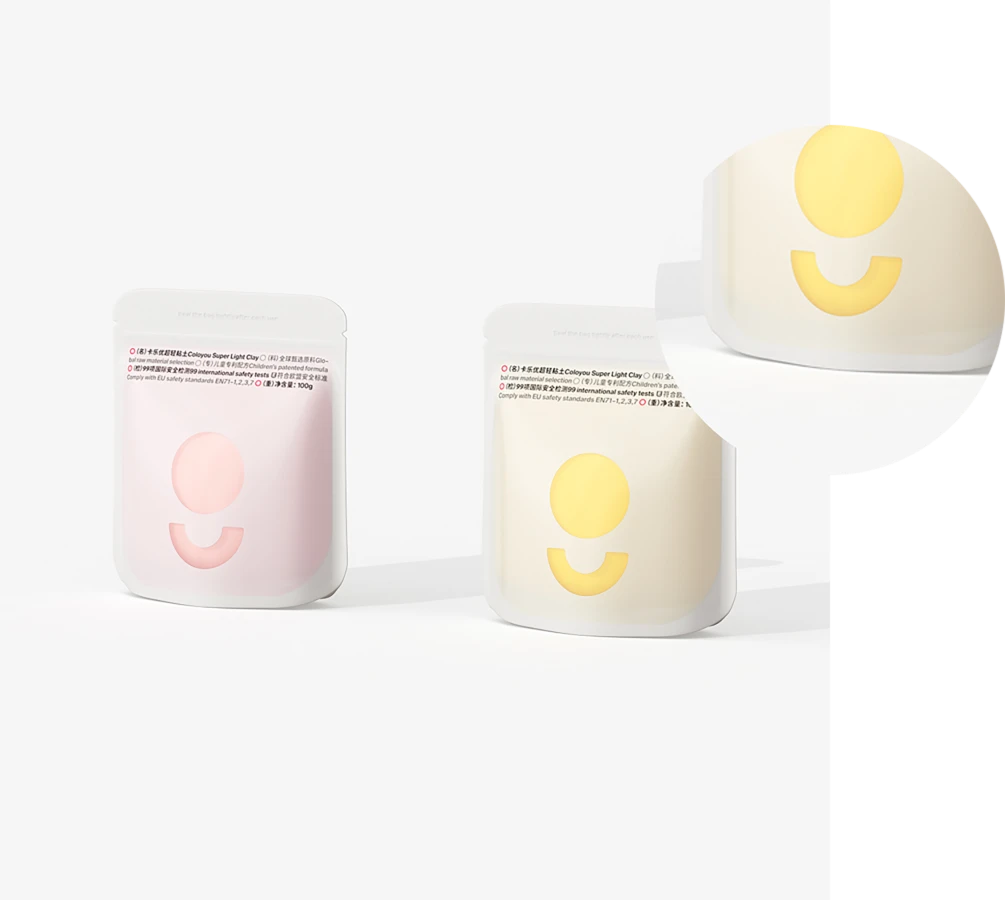- Afrikaans
- Albanian
- Amharic
- Arabic
- Armenian
- Azerbaijani
- Basque
- Belarusian
- Bengali
- Bosnian
- Bulgarian
- Catalan
- Cebuano
- chinese_simplified
- chinese_traditional
- Corsican
- Croatian
- Czech
- Danish
- Dutch
- English
- Esperanto
- Estonian
- Finnish
- French
- Frisian
- Galician
- Georgian
- German
- Greek
- Gujarati
- haitian_creole
- hausa
- hawaiian
- Hebrew
- Hindi
- Miao
- Hungarian
- Icelandic
- igbo
- Indonesian
- irish
- Italian
- Japanese
- Javanese
- Kannada
- kazakh
- Khmer
- Rwandese
- Korean
- Kurdish
- Kyrgyz
- Lao
- Latin
- Latvian
- Lithuanian
- Luxembourgish
- Macedonian
- Malgashi
- Malay
- Malayalam
- Maltese
- Maori
- Marathi
- Mongolian
- Myanmar
- Nepali
- Norwegian
- Norwegian
- Occitan
- Pashto
- Persian
- Polish
- Portuguese
- Punjabi
- Romanian
- Russian
- Samoan
- scottish-gaelic
- Serbian
- Sesotho
- Shona
- Sindhi
- Sinhala
- Slovak
- Slovenian
- Somali
- Spanish
- Sundanese
- Swahili
- Swedish
- Tagalog
- Tajik
- Tamil
- Tatar
- Telugu
- Thai
- Turkish
- Turkmen
- Ukrainian
- Urdu
- Uighur
- Uzbek
- Vietnamese
- Welsh
- Bantu
- Yiddish
- Yoruba
- Zulu
economical packaging
The Importance of Economical Packaging
In an age where environmental sustainability meets consumer awareness, economical packaging has become more critical than ever. It not only influences purchasing decisions but also impacts the overall efficiency and responsibility of manufacturers. This article explores the various dimensions of economical packaging, including its definition, benefits, and innovative trends shaping the industry today.
Understanding Economical Packaging
Economical packaging refers to the design and production of packaging that minimizes costs while maximizing functionality and environmental responsibility. This type of packaging aims to achieve the right balance between protecting products, enhancing user experience, and reducing waste. It often incorporates materials that are both cost-effective and environmentally friendly, such as biodegradable plastics, recycled paper, or minimalistic designs that use less material overall.
Benefits of Economical Packaging
1. Cost Reduction One of the primary advantages of economical packaging is its ability to reduce production costs. By using less material and optimizing designs, manufacturers can lower their expenses, which can translate into lower prices for consumers. This price competitiveness can be a significant advantage in today's crowded marketplace.
2. Environmentally Sustainable As the world grows increasingly concerned about climate change and environmental degradation, economical packaging can play a crucial role in sustainability efforts. By utilizing materials that are recyclable or biodegradable, companies can reduce their carbon footprint and appeal to environmentally conscious consumers. For instance, using recycled materials can reduce the need for virgin resources and lower energy consumption during production.
3. Enhanced Brand Image Companies that prioritize economical and sustainable packaging can enhance their brand image. Consumers today value corporate responsibility, and eco-friendly packaging can be a strong testament to a brand's commitment to sustainability. This can foster customer loyalty and attract new consumers who are looking for responsible purchasing options.
4. Supply Chain Efficiency Efficient packaging can reduce shipping costs and improve supply chain logistics. Lightweight and compact packaging allows for more products to be shipped at once, saving on transportation costs and reducing greenhouse gas emissions associated with logistics.
economical packaging

5. User Experience Economical packaging does not mean compromising on quality. In fact, innovative designs can improve user experience by making products easier to open, store, or reuse. For example, resealable pouches or multi-functional packaging can add value while maintaining cost efficiency.
Innovative Trends in Economical Packaging
The packaging industry is witnessing a surge in innovative approaches that align with the principles of economical packaging. Several trends are currently shaping this field
- Smart Packaging Incorporating technology into packaging can enhance functionality while keeping costs in check. Smart packages equipped with QR codes or sensors can provide consumers with information regarding product freshness, usage instructions, or recycling guidelines.
- Minimalist Design The shift towards minimalism in packaging design has gained momentum. This design philosophy embraces simplicity, using fewer materials and promoting cleaner aesthetics. Beyond aesthetics, minimalist packaging can be more economical, as it often requires less production and material usage.
- Edible Packaging Pioneering companies are experimenting with edible packaging made from natural ingredients. This innovation not only reduces waste but also creates a unique consumer experience, particularly in the food industry.
- Customizable Packaging With advancements in technology, companies can now produce smaller batches of customized packaging. This approach allows brands to cater to specific consumer needs while maximizing efficiency.
Conclusion
In conclusion, economical packaging represents a vital intersection between cost efficiency and environmental responsibility. Its advantages extend beyond just the bottom line, impacting consumer behavior, brand loyalty, and the overall sustainability of the packaging industry. As technology and materials continue to evolve, the future of packaging looks promising, with opportunities for innovations that will further enhance its economic and environmental benefits. Companies that embrace these changes can look forward to a more sustainable and profitable future in the ever-changing marketplace.













